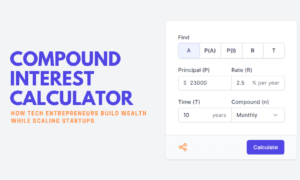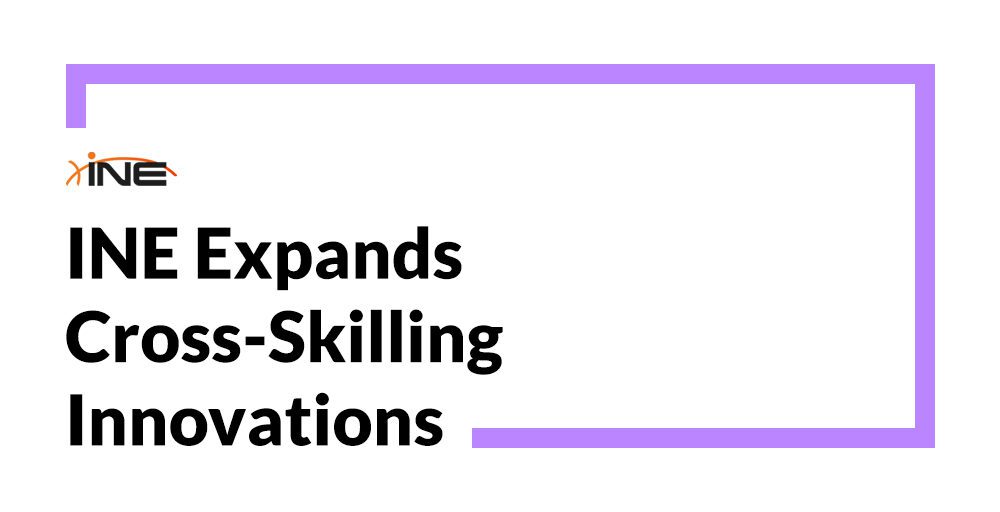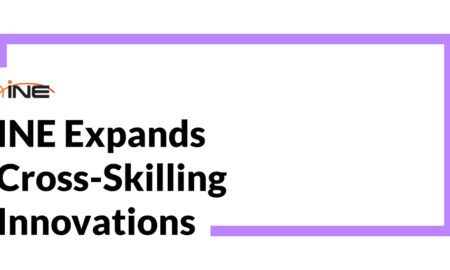Stacks of registrar folders, thesis boxes, and clinic charts spread across campus like ivy. Staff chase missing files, researchers wait, and risk officers worry about leaks. Document scanning for higher education tackles all three issues in one move: capture, index, and store records so any authorised user can find what they need in seconds. When retrieval becomes a search bar instead of a trek to off-site storage, staff regain hours and students see smoother service. The guide below maps the wins, costs, and first steps for universities ready to swap dust for data-driven efficiency.
Universities exploring large-scale document scanning for higher education projects can explore ACI’s document scanning solutions for higher-ed records to see how a pickup-to-cloud workflow fits tight academic calendars.
How Much Admin Time Vanishes in File Hunts Across Campus?
Ask a registrar aide how long it takes to unearth a transcript from 1998. The answer might be five minutes if the box is nearby, or half a day if overflow storage swallowed it. Multiply that uncertainty by daily requests, and you expose a hidden labour sink. Bulk scanning ends the hunt. Records become indexed PDFs tagged with student ID, program code, and year. A query returns every page in seconds. Clerks pivot to enrollment checks and front-desk triage instead of filing runs, and departments stop budgeting overtime for peak periods because the friction disappears.
The administrative time savings extend beyond the registrar’s office. Financial aid departments no longer need to delay grant processing while waiting for income verification documents. The bursar’s office instantly accesses payment histories when resolving billing disputes. Academic advisors pull degree audits while the student sits in their office, rather than scheduling a follow-up appointment. This efficiency cascades throughout the institution, creating a smoother operational flow that students and parents notice immediately.
Consider the enrollment surge each fall semester. Traditionally, temporary staff would be hired to manage the paper influx—application supplements, transfer credit evaluations,and housing contracts. With a digital system, these documents are captured at entry points (admissions portal, email, mail room), immediately routed to appropriate departments, and processed in parallel rather than sequentially. What once required weeks of physical routing now happens in days, allowing institutions to provide faster decisions and better service during critical recruitment periods.
What Does Instant Access Do for Faculty and Graduate Researchers?
Scholars live on tight timelines—grant applications, conference submissions, ethics renewals. Delays caused by missing lab notebooks or consent forms sap momentum. Once legacy archives move to a searchable repository, a microbiology professor can download a freezer log from 2003 during a Zoom call instead of waiting for shipping. Full-text OCR turns old theses into a trove of citations, letting graduate students trace methodology shifts without leafing through bound volumes. Faster lookup shortens literature reviews, sharpens replication efforts, and speeds the path from idea to publication. Research output climbs, and that boost starts with access, not bigger budgets.
The advantages extend into interdisciplinary collaboration as well. When anthropology researchers need to cross-reference climate data from environmental science archives, they no longer send inter-departmental requests and wait for courier delivery. Both datasets become available simultaneously, allowing pattern recognition across disciplines that might otherwise remain isolated in separate physical repositories. Historical research particularly benefits—comparing enrollment trends from the 1950s with current demographics becomes a database query rather than weeks spent in university archives.
Faculty sabbaticals and research trips become more productive when document access isn’t tethered to physical location. A professor conducting fieldwork in a remote location can still verify reference materials through secure VPN access. Visiting scholars gain immediate entrée to institutional knowledge without the traditional delays of physical access requests. Even something as routine as curriculum committee meetings improves when previous course proposals, assessment data, and accreditation requirements can be pulled up during discussions rather than distributed as bulky advance reading packets.
How Does Digitization Reinforce FERPA / PIPEDA Compliance?
Privacy rules matter: breaches injure students and trigger stiff fines. Paper is hard to secure—anyone with a key can copy a file undetected. Digital systems tighten the circle. Role-based permissions restrict views to advisers or health staff only, and every click stamps a log entry so internal audits show who opened a record and when. Encryption at rest and in transit blocks snooping during off-site backups. Disaster-recovery copies live in separate data centers, so a flood no longer threatens transcripts. By replacing dusty cabinets with measurable controls, universities move from hope to proof.
The compliance advantages grow more sophisticated with mature digital implementations. Automatic redaction tools can mask sensitive information when documents are shared with unauthorized personnel—for instance, hiding academic accommodations from athletic coaches while still showing eligibility status. Time-limited access can be granted when appropriate—clinical supervisors see student records only during placement periods, not permanently. Retention policies execute automatically, purging non-essential documents after their required holding period without relying on staff to remember disposal schedules.
Many institutions discover that their digital transformation actually reveals compliance gaps that existed in the paper system but remained hidden. When access logs show unusual patterns—such as a single staff member accessing hundreds of records outside normal business processes—security teams can investigate potential policy violations that would have gone undetected in physical systems. These early warning systems help universities address privacy concerns before they escalate into reportable incidents, protecting both institutional reputation and student trust.
Can Scanning Projects Pay for Themselves Through Space and Maintenance Savings?
File rooms occupy prime real estate. One mid-sized school freed 4,000 square feet after scanning archives; the space now hosts collaboration pods that lift student retention. Off-site record centers charge by box and by year, so costs rise even when no one touches the cartons. HVAC bills drop because delicate paper no longer dictates climate settings. Add faster service—quicker tuition-refund approvals and instant transcript fulfillment—and the project often pays for itself before the last box reaches the scanner.
The financial calculus becomes even more favorable when considering staff reallocation. Records management specialists who previously spent hours filing, retrieving, and maintaining physical documents can be upskilled to perform data analysis on the newly accessible information. This transition from custodial tasks to knowledge work increases job satisfaction while providing the institution with valuable insights previously locked in inaccessible formats. The cost avoidance extends to supplies as well—file folders, labels, storage boxes, and repair materials for aging documents all disappear from departmental budgets.
Institutions with significant historical collections find additional revenue opportunities through digitization. Special collections become accessible to remote researchers who pay access fees, rare documents can be licensed for publication, and alumni engagement increases when graduation memorabilia becomes available online. Some universities have created self-funding digitization programs by charging nominal fees for expedited document delivery or enhanced search capabilities, ensuring the digital transformation continues to generate value long after the initial conversion completes.
Where Should a University Start—Backfile, Day-Forward, or Hybrid?
Most campuses bite off the project in portions. A registrar pilot proves the concept, scanning active files first, then clearing the attic. Day-forward capture stops fresh paper at the door: mail is opened, sorted, and digitized before anyone can file it. Backfile conversion runs in parallel, moving by cohort or faculty to keep workloads balanced. A hybrid timeline knocks out high-demand collections early—medical placements, athletic eligibility—while lower-impact boxes wait. Clear milestones, weekly status snapshots, and a single project owner maintain momentum without derailing daily service.
The selection of priority areas should be driven by both operational impact and risk assessment. Student health records often present the highest privacy risk combined with frequent access needs, making them excellent candidates for early digitization. Financial records typically offer the clearest return on investment, as processing efficiency directly affects institutional cash flow. Academic records generally represent the largest volume but may be accessed less frequently than other categories, suggesting a phased approach based on graduation year or program status.
Department-specific needs should influence strategy as well. The admissions office might prioritize scanning during summer months when application volume drops, while the registrar might focus on periods between grade submission deadlines. Athletic compliance might target the off-season for digitizing eligibility documentation. This staggered approach keeps digitization teams fully utilized throughout the year while respecting the operational rhythms of each university function.
What Outside Help Shortens Timelines and Error Rates?
Campus scanners work for small jobs, yet industrial capture requires more muscle. A specialist partner delivers high-speed equipment, trained operators, and a chain-of-custody protocol that satisfies auditors. Barcode sheets drive automatic indexing, lowering keystroke errors, while color calibration preserves map legends and art slides. After images pass quality checks, they flow into the student information system or learning platform through secure APIs. Outsourcing spares IT from buying short-lived hardware and lets staff focus on analytics instead of paper handling.
The expertise of specialized vendors extends beyond equipment to include process optimization. They can identify document preparation bottlenecks, recommend pre-scanning organization strategies, and implement quality control measures that maintain consistency across different document types. Their experience with similar institutions allows them to anticipate challenges specific to higher education—such as handling bound theses, oversized architectural drawings from facilities departments, or fragile historical records requiring special handling techniques.
Many institutions find that a hybrid staffing model works best for large-scale projects. The vendor provides technical expertise, equipment, and supervisory personnel, while the university contributes student workers or temporary staff who understand institutional context. This collaboration ensures both technical excellence and organizational relevance, resulting in a digital archive that truly serves the university’s unique needs rather than simply meeting generic industry standards.
Ready to explore education digitization best practices? The full roadmap lives there—complete timelines, cost models, and integration tips that turn a one-off project into a lasting advantage.



































